How to Choose the Right Attic Roof Vent for Houston’s Heat
By Shantell Moya · 5 months ago · 13 min read

Poor attic ventilation in Houston homes causes damage and high repair costs that homeowners don’t always expect. When you have hot air trapped in your attic during the summer months, you’ll start to see problems like very hot second floors and much higher cooling bills than you should be paying. These are usually the first signs that something’s wrong with your ventilation. The moisture that builds up from Houston’s extreme heat and humidity will eventually cause your roof decking to rot, and before you realize it, you’ll end up with mold problems that can cost thousands of dollars to fix.
Houston’s tough climate means you need the right kind of ventilation system to deal with those 100-degree summers we get every year, plus the winter freeze that comes through. When you have the right attic vents installed, they can make your roof last 5 to 10 years longer than it would without them, and they can cut your cooling costs by as much as 30%. That’s why I’ll go over some of the best vent types for our weather patterns and how to create a ventilation system that will actually work for your home.
The best place to start is looking at how each type of vent works in Houston’s extreme heat and what makes some vents work better than others for our climate.
Types of Attic Vents and Their Benefits
Your attic ventilation works just like a set of lungs for your house. In the same way you need to breathe in and breathe out, your attic needs intake vents to pull cool air in and exhaust vents to push hot air out. Without these two working together, you’ll end up with stagnant air that just sits there and bakes in the heat. I’ve seen plenty of homeowners who don’t know there’s a problem until their energy bills shoot up.
Houston building codes say you need one square foot of ventilation for every 150 square feet of attic space. That might sound like a whole lot of ventilation, and there’s a solid reason for this requirement. When your attic gets as hot as 150 degrees on a summer afternoon, you need plenty of airflow to move all that heat out before it seeps down into your living space. Your cooling system has to work overtime when all that trapped heat radiates down from above. Each degree of extra attic temperature costs you money every single month. The difference between proper ventilation and bad ventilation can mean hundreds of dollars every year on your energy bills.
The physics are simple. Hot air rises through convection, which means it wants to escape through the highest points of your roof. Cool air is heavier and stays lower, and comes in through vents near your roof’s edges. You get a natural circulation pattern that works even when there’s no wind at all. Nature does the work for you if you set up the system correctly.
Local roofers run into the same mistakes over and over again. People will install exhaust vents at the top but then forget to put intake vents at the bottom. Or they’ll mix different types of exhaust vents that work against one another instead of working together. The most common misconception is that homeowners think more vents will always mean better ventilation. When your ventilation isn’t balanced right, it creates pressure problems throughout your whole roof structure. Moisture gets trapped in there, and your insulation stops working as well, and your home gets much harder to cool.
CFM ratings show you how much air each vent can move per minute. A standard ridge vent might move about 50 CFM per linear foot, while a turbine vent could move around 300 CFM when the wind is blowing. These numbers matter more than what type of vent you pick.
Houston’s Weather Makes Ventilation More Important
Houston’s weather makes your attic tough to manage. The city gets to about 94 degrees during the summer months, and the humidity levels stay around 75%. All that wet air sits right above where you live.
Your attic turns into a moisture trap when you have these conditions. The heat mixed with all that humidity creates a space where water droplets form on every surface up there. When that moisture can’t get out, it starts to rot your roof decking and insulation.
Most of the ventilation advice you’ll find online comes from northern areas where the humidity isn’t nearly as bad. The problem is those tips just don’t work down here. What works great in Denver or Minneapolis might actually make your condensation problems worse here in Houston. The moisture gets trapped up in your attic space and can’t get out if you don’t have the right airflow.
The coastal winds that blow through Houston actually give you something to work with, though. Turbine vents work really well in neighborhoods that get these breezes all of the time. They spin day and night and pull the hot air out of your attic without needing any electric power. You get free ventilation that runs around the clock.
These winds turn into your natural ventilation system. Turbine vents use the coastal breeze to keep air moving through your attic space all day long. You save money on electric fans while still having better air movement than most powered systems give you.
Hurricane season brings up another concern that most homeowners don’t think about. Some vents handle high winds much better than others. Ridge vents usually stay in place during storms. You don’t want your ventilation system to turn into a weak point when the next big storm comes through.
The 2021 freeze showed us how much the right ventilation matters. Homes with working airflow systems didn’t have the ice damming problems that hit so many neighborhoods. Those houses stayed dry while other people had to handle water damage for months afterward.
Balance Your Attic Airflow the Right Way
Your attic needs to breathe just like your lungs do. It’s really the same basic principle that applies to your attic ventilation system.
The right balance is 50/50. Half of your vents should pull air in through the soffits, and the other half should push hot air out through the roof. This setup makes a natural flow that keeps your attic from becoming an oven in Houston’s heat. I’ve seen that most homeowners mess up this ratio when they first set things up.
Once this balance gets thrown off, you’ll see the problems right away. Hot spots will show up in certain areas while other parts of your attic stay cooler. Moisture starts to build up in corners where the air doesn’t move well. Your vents will actually start to work against one another instead of working together as they should. When your ventilation isn’t balanced, it can drive up your cooling costs by 20% during Houston summers. All that extra strain will also shorten your AC unit’s lifespan.
You can figure out what you need with the 1-300 formula. Just take your attic square footage and divide it by 300 to find your total ventilation needs. Then, you’ll want to split that number right down the middle between intake and exhaust vents.
Houston’s ranch-style homes make this whole process easier than it is with two-story houses. The long rooflines give you plenty of soffit space for your intake vents. Colonial-style homes with their steep roofs need more creative solutions because they don’t have as much soffit space to work with. Ranch homes are all over local neighborhoods for a reason – their design makes it much easier to get the right ventilation flow.
The ridge-and-soffit combination works really well when you have everything set up right. Cool air comes in through the soffits and rises up to escape through the ridge vents. This keeps a constant cycle that doesn’t depend on wind or weather conditions. Ridge vents perform better with Houston’s unpredictable weather than other exhaust options you could try.
Solar and Wind Options for Your Home
More and more Houston homeowners are turning to solar attic fans. The city gets about 204 sunny days each year, which makes solar power work really well for keeping your attic cool. These fans usually produce between 10-40 watts and can move anywhere from 500-1,600 cubic feet of air per minute, depending on which model you choose. That’s actually more airflow than you’d usually see in most other cities.
When you install solar fans, they can drop your attic temperature by 10-20 degrees during Houston’s brutal summer months. Your air conditioning system has to work a lot harder when all that heat builds up overhead. Every degree you lower the temperature in your attic shows up as real savings on your monthly utility bill.
I’ve heard plenty of people ask what happens when it rains. The great news is that most quality units can handle Houston’s weather just fine. But you’ll want to make sure your model has the right rain certification so you don’t end up with water damage.
Now, wind turbines give you another choice. The problem is Houston’s average wind speed is only about 7.5 mph, which is barely enough for most units to work the way they should. These vents need steady airflow to keep spinning, and that’s something you don’t always get in residential neighborhoods where trees and buildings block the wind. Plus, the wind around here tends to be pretty unpredictable anyway.
When you look at the costs, solar fans will run you between $300-800 once they’re installed, while wind turbines usually go for $150-400. If you go with a quality solar fan and factor in Houston’s electricity rates, you might save $50-150 each year on your cooling costs. That means you’ll break even on your investment in about 3-7 years.
A lot of people end up using both systems to get ventilation 24/7. Your solar fans do most of the work during those sunny periods, and your wind turbines kick in as backup whenever the conditions are right. This kind of hybrid setup makes sure your attic gets fresh air moving through it even when one system isn’t working as well as it could be.
When you combine these systems, you get steady airflow no matter what the weather’s doing outside. Your attic temperature stays under control, whether it’s the sunshine or the wind giving you the power you need.
Easy Care and When You Need Help
Houston’s brutal heat really takes a toll on your attic vents. You should check them twice a year to catch any problems before they turn into expensive repairs. The best times are right before summer kicks in and then again after the worst of the heat has passed. These spring and fall checks will usually take you about an hour each time.
Water stains on your ceiling are one of the biggest signs that something’s wrong up there. If your attic feels like an oven when you’re up there, or if your cooling bills just keep going up and up, then your vents probably aren’t working like they should. You don’t want to wait until you see major damage before you do something about it. Your ceiling stains might start out small. But they’ll spread fast in Houston’s wet climate. If your air conditioner runs all of the time but your house still stays warm, that means your failed vents are forcing your system to work way harder than it should.
Some homeowners can take care of basic vent maintenance on their own. But if you need ridge vents installed or there’s major roof work involved, you’ll definitely want to call a professional. You really don’t want to mess around with structural changes or risk creating new places where water can leak in. Most people can safely clean out debris and check for visible damage.
When you hire a professional to install vents in Houston, you’re usually looking at somewhere between $300 to $800 per vent. The exact price will depend on what kind of roof you have and how many vents you need to install. Ridge vents will cost you more because the contractor has to cut into your roof line to install them.
Houston’s humidity brings its own set of problems that you won’t run into in drier parts of the country. Wasps really like to build their nests in vents when the weather cools down. Rust forms much faster here because there’s so much moisture in the air. Storm damage is something that happens pretty regularly during hurricane season. Local contractors work with these challenges every single day. The vent options that work fine in other places don’t always hold up the same way in Houston’s climate. The contractors who really know Gulf Coast weather patterns will pick materials that can handle our high humidity for a longer time.
If your house is more than ten years old, you should have a roofing contractor check your entire ventilation system. They know how to find the smaller problems like cracked vent boots or damaged shingles that might mean you have bigger problems coming down the road.
Your Home Benefits from Good Ventilation
For most homes in our area, the best setup is still ridge vents and soffit vents that work together. If you have spots that stay extra hot, solar fans can really help there, too. When you set this up right, you’ll see the difference in your monthly utility bills. The right ventilation system saves you money on energy bills month after month, helps your roof last longer, and keeps your home much more comfortable during those really hot Houston summers.
Every home has different ventilation needs, and the system that works great for your neighbor’s house might need some changes to work right for yours. Before the next heat wave hits, you should take a minute to check how your ventilation is working and see if it needs any improvements. Spring and fall are usually the best times to install new ventilation because the weather is mild, and you have plenty of time to get everything set up before summer arrives.
The right time to fix your ventilation matters more than most homeowners think. Houston weather can go from mild to really hot without much warning. If you take care of your ventilation before the hot season starts, your family will stay comfortable while other people in the neighborhood are calling around trying to find someone to fix their systems right away.
When you’re sure your attic has proper airflow and is working the way it should, your home stays protected, and your family stays comfortable, even when Houston weather gets extreme. If you’re ready to move forward with improving your ventilation, the team at Roof Republic will help you get it done right. We work all over the Greater Houston Area, from Magnolia to Tomball, Cypress, and Conroe, and we know just what roofs in our area need for our weather.
Contact us now for a free inspection, and we’ll help you set up the right ventilation system for your home!

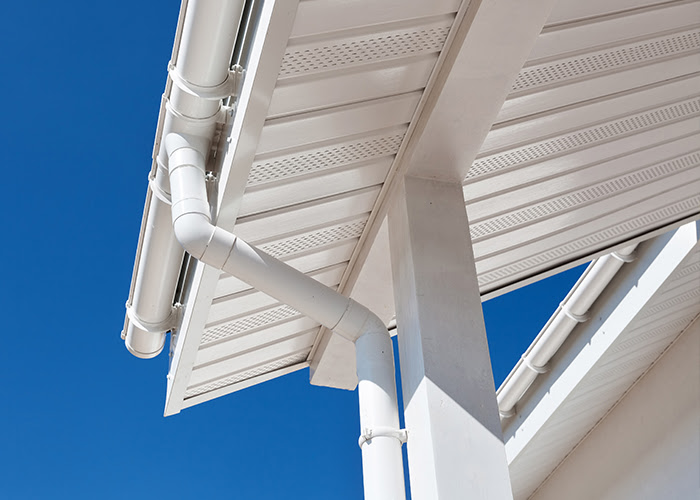

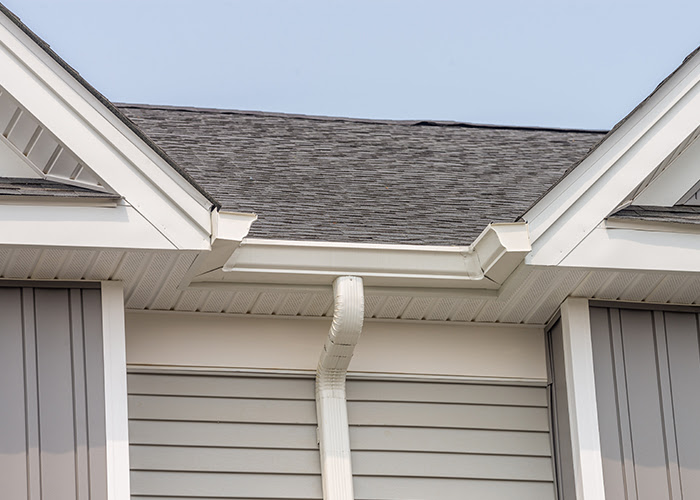
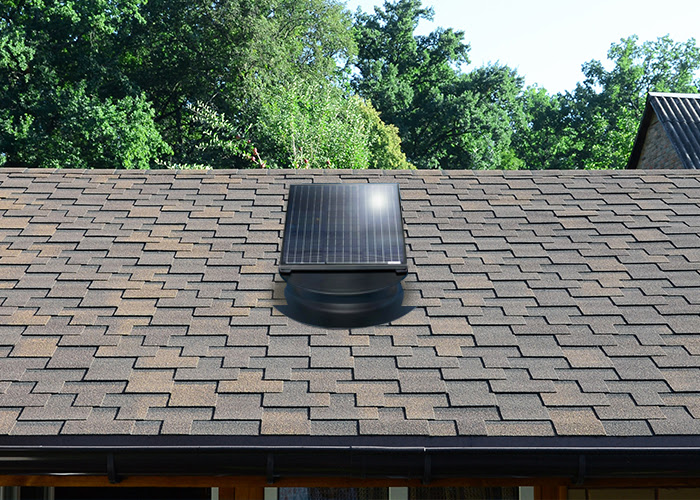
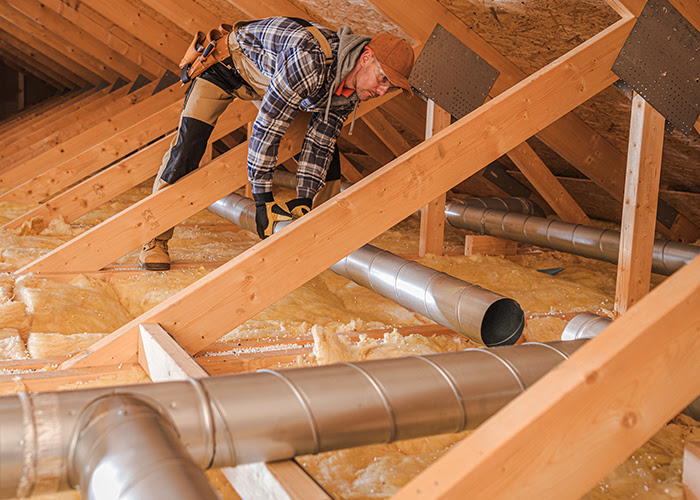
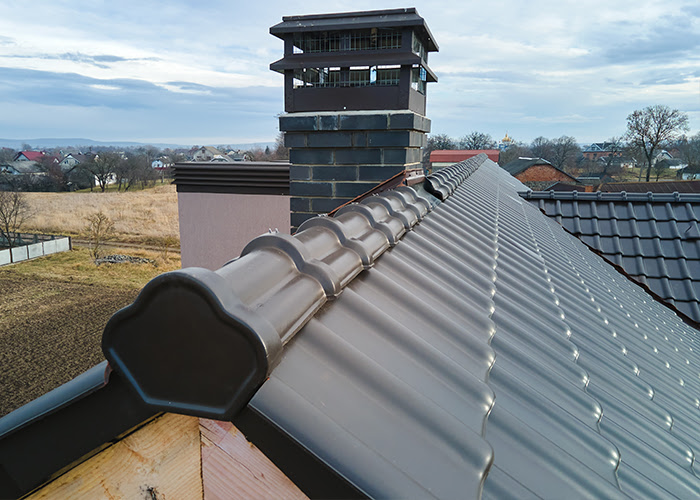
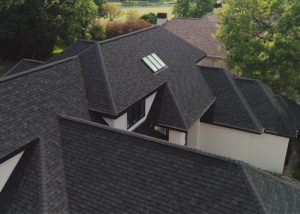
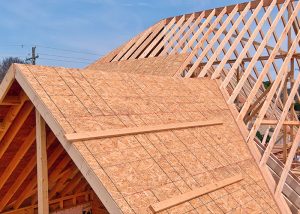

Comments
Sort by: